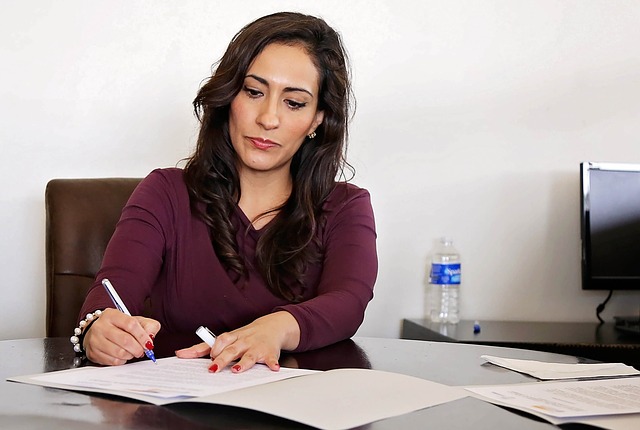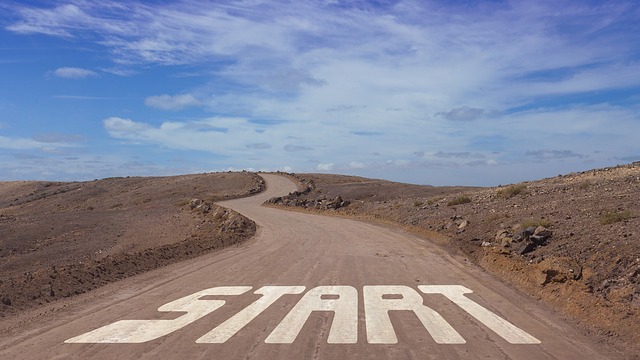Body scan meditation is a quick and easy way to access your relaxation response, an effective counter to stress and your automatic fight or flight response. Body scan meditation has the advantage of being flexible – you can use it anywhere at any time. You don’t have to undertake an extended body scan to realise its benefits.
Different purposes for the body scan
Olivier Devroede, author of the Mindfulness Based Happiness blog, explains that body scan in the yoga tradition is used for relaxation, whereas in some mindfulness traditions, the purpose is the development of acceptance. Jon Kabat-Zinn also provides a “bodyscape meditation“, incorporating a body scan, that is designed to enable you to become more aware of your body and its sensations and, through this meditation practice, become grounded in the present more readily.
Diana Winston, Director of Education at the Mindful Awareness Research Centre (MARC) offers a brief, 3-minute body scan that can enable you to quickly wind back your disabling response to a stressful situation. It can serve as a regular practice, too, that can progressively build automatic awareness of body sensations and emotional responses. Diana also offers a 13-minute body scan meditation for sleep when you are going to bed. At other times, you might actually be trying to avoid sleeping during meditation.
The basics of a body scan
Body scan is something that can be short or extended, incorporated into other forms of meditation and used flexibly for different purposes. While the intention of body scan meditations may vary, they have several basic elements in common. These relate to being grounded bodily and mentally, noticing your breathing and paying attention to your body and its sensations.
- Being grounded bodily – often this is achieved by paying attention to your posture, ensuring you are comfortable and relaxed, and upright if seated in a chair. There may be many times when you are unaware of your posture which can be a form of slouch, whether you are sitting or standing. Focusing on becoming grounded bodily, can help rectify this tendency to slouch throughout the day.
- Being grounded mentally – this basically involves bringing your full attention to the process of a body scan and your specific intention in undertaking it.
- Noticing your breathing – this can be a simple act of being aware of your breath and its characteristics (such as slow or fast, deep or shallow), without any effort to control your breathing. It can also be a more conscious approach where you take a couple of deep breaths to aid the process of relaxation and being grounded in the present. A deeper breathing approach is lower-belly breathing which can be incorporated into your body scan.
- Paying attention to the pressure on your body – this initial approach to increasing bodily awareness, involves noticing the pressure from the floor or your chair on your body at different points, e.g. on your back, feet, buttocks, shoulders. This is a form of conscious grounding – noticing the impact of your immediate physical environment on your body.
- Paying attention to your bodily sensations – this is the core activity in a body scan, the other activities serves as a warm-up or preparatory exercise. Here you are exploring your body, looking for any points of tightness, tension, pain or contraction. The aim is to progressively release or soften these points to free your body from its stress response. Developing your awareness about these points of tension, can help you to more quickly become aware of a negative emotional reaction to a stressful situation.
- Paying attention to your feelings – becoming aware of your bodily sensations can give you insight into how you are feeling about a situation or interaction. Often, we hide negative emotions, which further exacerbates the tension in our bodies. If you can get in touch with your negative feelings through a body scan, you can name these feelings and, over time, successfully control them. This last step represents the deepest approach to body scan meditation and the most time consuming method, as you need to undertake the precursor activities to get in touch with your bodily sensations and be in an open frame of mind to name those feelings.
As we grow in mindfulness through the different forms of body scan meditation, we increase our capacity to focus, enhance our self-awareness, develop our relaxation response, improve our self-regulation and increase our capacity to be in the moment.
____________________________________________
Image source: courtesy of Ataner007 on Pixabay
By Ron Passfield – Copyright (Creative Commons license, Attribution–Non Commercial–No Derivatives)
Disclosure: If you purchase a product through this site, I may earn a commission which will help to pay for the site, the associated Meetup group and the resources to support the blog.






